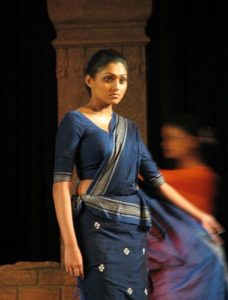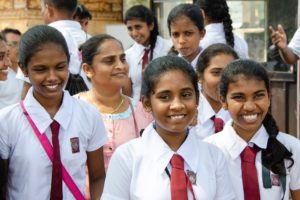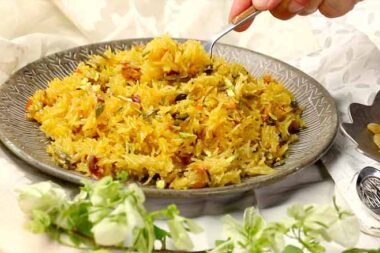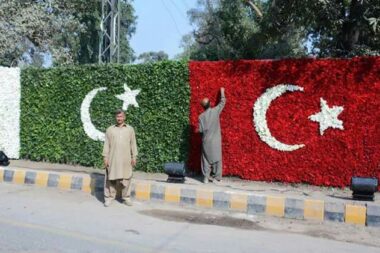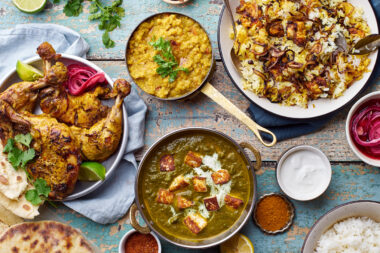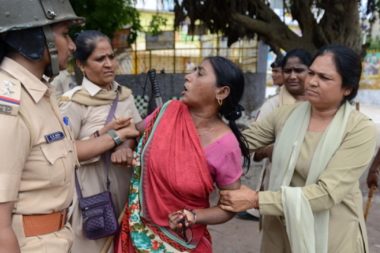Written by S Shiva (Sri Lankan Reporter)
Sri Lanka is a country with many races and cultures. The ethnic groups predominant, however, are the Sinhalese, the Tamils, the Muslims, and the Burghers. Due to the close similarity in skin tone and looks of these groups to the other South Asian ethnicities, many people around the world find it difficult to differentiate them from the other groups. The following aims to give you a more in-depth understanding of their history and characteristics.
Sinhalese: Sinhalese form the majority of the population in Sri Lanka, at over 70%. They are characterized as Sinhalese speakers. Most Sinhalese follow Buddhism with Sinhalese Christians being a religious minority. Conversely, almost all Buddhists are Sinhalese. The Sinhalese language is defined as Indo-Aryan, being composed of a mishmash of Pali, Tamil and other Indian languages for the most part, though a healthy dose of Colonial lingua franca added in. However, Kandyan Sinhalese (hailing from Kandy City in the Central Province of Sri Lanka), and ‘Low-Country’ Sinhalese speak different dialects.
Origins: While native Sinhalese claim to be the first civilized inhabitants of the island, descending from King Vijaya who immigrated from North India around the 5th century BC; international historians and geneticists have expressed their doubts, stating that they were more likely to be an original ethnic group descending from visiting Indians or Indian immigrants over the centuries who intermarried with native women.
Tamils: The Tamils are a highly conflicted ethnicity in Sri Lanka, who have been having ethnic tension with the Sinhalese for centuries. The ethnic group consists of almost all the Tamil speakers of the country (not including the Muslims – see below). While most follow Hinduism, a sizable percentage of the population are Christians. That said, all Hindus are Tamils in Sri Lanka. Tamil is considered to be the oldest language still active in the world, with the oldest traces of the language being from 3000 BC according to historians and linguists. Hence it is of no surprise that many dialects exist. The Sri Lankan Tamil population group lives in two main areas. To the North and East, in cities like Jaffna and Trincomalee, and the hill zone of the Central Province. The Tamils to the North and East are called Jaffna Tamils, while those from the Central Province are called Indian Tamils (due to their colonial era migration from India seeking to work in tea plantations). The Tamil spoken by these separate groups is of quite different dialects, with that spoken by Indian Tamils being very similar to that spoken in India.
Origins: Various versions of history is explained as the origins of the Tamils in Sri Lanka. Some records state that they were migrants from South India since many millennia ago. Other even more ancient records state that the Jaffna Peninsula was a separate island, millennia ago, that with time drifted closer to the island’s mainland and became bridged by a sand bar. These records state that Tamils were the native inhabitants of that island of Jaffna.
Muslims: The Muslim ethnicity in Sri Lanka, which numbers almost equal to the Tamils, is formed of three separate Islamic groups: the Sri Lankan Moors, the Indian Moors, and the Malays. The difference in these groups is in their origins. The Sri Lankan Moors are those who are called Sri Lankan Muslims, and form around 93% of the Islamic population in the country. They speak a version of Arabic Tamil, with some unique Arabian words added into the standard form of Tamil, and make their living from coastal trade, business and agriculture. The men are usually characterized by thick beards, while the women have to wear head coverings
The Indian Moors consist of the Bohra, Khoja and Memon tribes who migrated from North India and Pakistan. They speak their own native tongue and pray at specialized places of worship unlike the Sri Lankan Muslims.
The other group is the Malays. They originate from Malay Peninsula (includes Sumatra, Indonesia, Malaysia, etc). Their ancestors were soldiers who migrated during the Dutch Colonial era. They are called Malays due to their speaking the Malay language predominant in the Malay peninsula and adhering to the Malay culture.
Origins: Sri Lankan Moors originated from ancient Arabic Traders between the 8th and 15th centuries AD. These Arabics either moved to Sri Lanka later for better access to sea routes, or had a separate family in Sri Lanka to spend time with. The descendants of these people became the first Islamic ethnic group in Sri Lanka, and still hold to some Arabic values
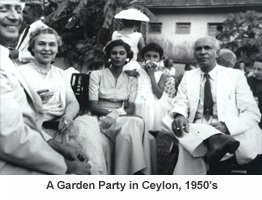 Burghers: Between the 16th to the 20th century AD, Sri Lanka suffered from repeated invasion from the Western Colonials. It was the war-loving Portuguese who started off the trend of conquering the little tropical island. A little more than a century later, it was forcefully taken over by the Dutch East India Company who found that the island was a prime trade location, due to its centralization. But they too were doomed to lose the country to the British at the end of the 18th century. The British continued to rule Sri Lanka until 1948, when the country obtained freedom from the colonials.
Burghers: Between the 16th to the 20th century AD, Sri Lanka suffered from repeated invasion from the Western Colonials. It was the war-loving Portuguese who started off the trend of conquering the little tropical island. A little more than a century later, it was forcefully taken over by the Dutch East India Company who found that the island was a prime trade location, due to its centralization. But they too were doomed to lose the country to the British at the end of the 18th century. The British continued to rule Sri Lanka until 1948, when the country obtained freedom from the colonials.
However, during their rule these colonials did not hesitate to leave their mark on the natives in the form of genes. Many Eurasian children were born from interracial relationships with the Portuguese, Dutch, and British invaders. There were also many European colonials who choose to settle down in this island of sunshine with their families. Their children then choose to intermarry natives and had Eurasian children.
These Eurasians chose to stick together and became called ‘Burghers’ by the native Sri Lankans. Today, though many of the family lines of these Burghers have intermarried enough times to lose almost all European features, they still continue to stay in touch with their culture using special clubs and unions such as the Dutch Burgher Union..
Conclusion: Other than these ethnic groups, other ethnic minorities such as Veddahs (Native Aborigines) and other people who have settled down within the country due to its tropical condition. Most recently, a population of Chinese seem to be on the rise as well.

